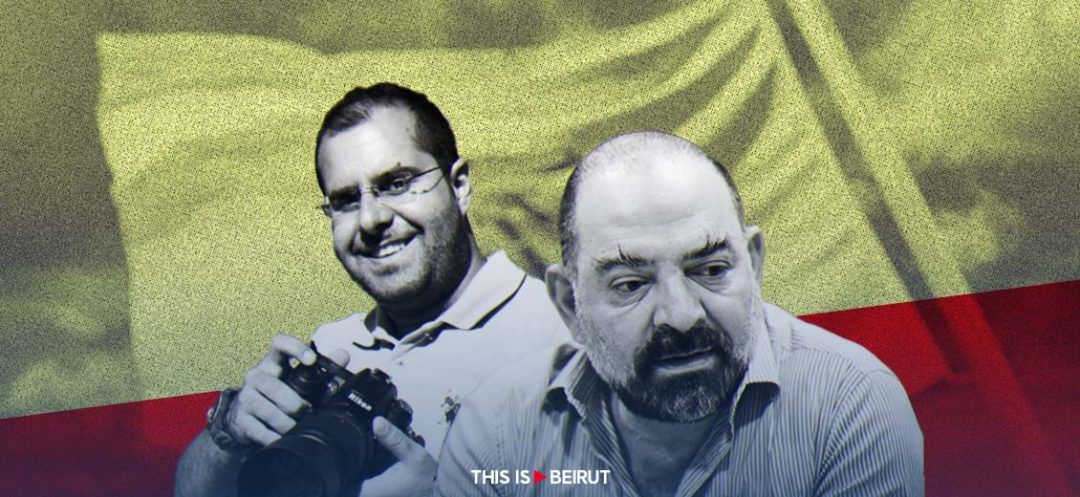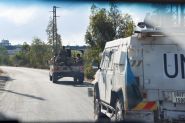
It is no secret that, in Lebanon, anyone who does not support the Axis of Resistance or Hezbollah is branded a “collaborator.” This has been common practice for years, since 2005.
The threats made against MP Samy Gemayel, Lebanese Forces chief Samir Geagea and other anti-Hezbollah politicians are proof of this, and last year’s viral video of hooded figures firing their weapons is still ingrained in people’s minds.
As we commemorate the assassination of Lokman Slim, the people calling for justice—or the simple truth, for that matter—are finding it increasingly strange that the investigation did not lead anywhere.
Slim was killed in a Hezbollah-controlled area, and everything that happens there is monitored by the watchful eye of the Shiite party. The press is forbidden from taking videos or pictures, and reporters who do are followed by Hezbollah’s men and kept from doing their job. This is precisely why people don’t believe that such an event could have occurred without the knowledge of Hezbollah’s security apparatus.
Even worse is the rhetoric adopted by Hezbollah Secretary General Hassan Nasrallah in his speech after Slim’s assassination. Without naming him, Nasrallah dubbed him a traitor, as if to say that this is the punishment collaborators get.
In this particular context, however, there was no proof that Slim did collaborate with the enemy state of Israel. This has marked a significant change in the relationship between Hezbollah and the other Lebanese parties. In the eyes of the former, simply opposing the party's views has become synonymous with treason.
As far as Lokman Slim is concerned, he was a Shiite man living in a territory trapped in Hezbollah’s grip, from which no exit was possible.
Someone else could have paid the price, any Shiite figure, so the lesson to learn is about what such an event means, not who it happened to.
We are not here to accuse Hezbollah or anticipate proceedings, but we are asking questions about why the authorities could not do much, and why no solid proof was presented to substantiate Slim’s collaboration—if there were any, Hezbollah’s media would have stopped at nothing to spread the news far and wide and would have even encouraged the elimination of the “collaborator.” It is worth noting that collaborators who were proven, beyond a reasonable doubt, to be communicating with Israel, came from within Hezbollah’s ranks.
All things considered, it seems that the truth behind this organized assassination will remain shrouded and no justice will be served. The side benefiting from the murder will neither accuse nor acquit itself.
Lokman Slim was among the Shiite thinkers who advocated for a unified state and stood against Hezbollah and its willful neutralization of all things state-related. The timing of Slim’s “liquidation” coincided with the post-revolution stage during which Hezbollah’s detractors were more vocal than ever before. And everybody knows that Hezbollah’s role was one of repression and terror, causing the end of all protests by attacking demonstrators, as the events at the “ring” intersection show; the events in question could have spiraled into an internal war.
These elements help paint a picture of the matter at hand, though other important facts remain hidden to this day. For example, the fate of Joseph Sader, who was abducted in 2009 in obscure circumstances, is still unknown. The harrowing death of Joe Bejjani also remains unanswered. Linking these events together might not prove useful, but the concomitance of the crimes is enough to raise suspicion at the very least. Also, it is usually the side accusing others of collaboration that ends up having to defend potential perpetrators.
Collaboration is no longer just “with Israel,” and the fate of “collaborators” is swift death. Is all this a mere coincidence?
Read more



Comments